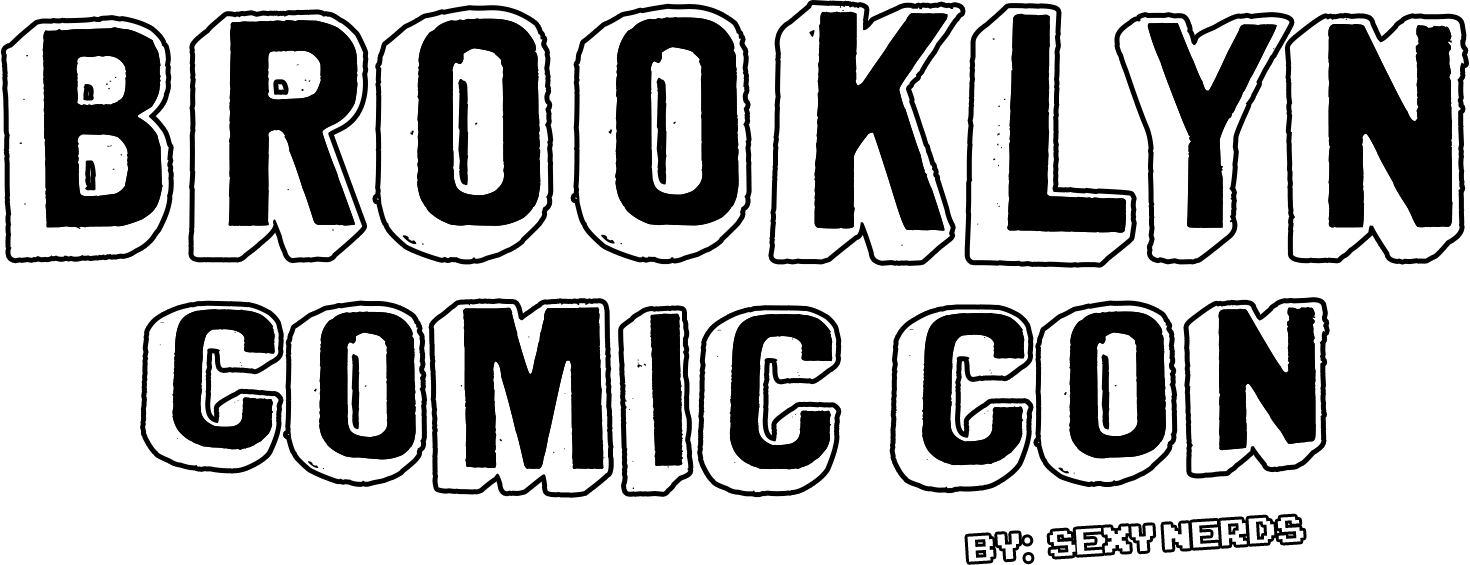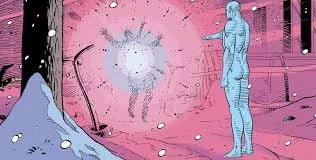The History of Doctor Doom
When it comes to superhero comics, villains are an integral part of the medium. It doesn’t matter how good your heroes are, if the villains don’t live up to the task, the story is not going to be as compelling as you want it to be. This is a key factor that takes a lot of time, but if done well, it can deliver a lot of positive results.
In that regard, Marvel Comics have produced some of the greatest comic book villains of all time, and one that could arguably take the title of THE greatest villain is Doctor Doom. Most commonly associated with the Fantastic Four, the ruler of Latveria and mad scientist is one of the most brilliant minds of the Marvel Universe and a tyrannical ruler to boot, often causing a lot of problems to heroes and even other villains at times.
How does he drink stuff in that mask?
However, how Doctor Doom came to be? How was he grown over time? Today we are going to address the history of Doctor Doom in the comics and some key points throughout the years that have defined the character as a whole.
DOOM’s conception in the 60’s
Like a lot of people know, Marvel Comics started out in the 1960s, led by writer Stan Lee and artist Jack Kirby, who were responsible for the creation of the vast majority of characters and concepts that have defined Marvel to this very day. In that regard, they were the creators of Doctor Doom, who first appeared in 1962 in the fifth issue of the Fantastic Four.
As an interesting fact, Doom would work as a recurring villain for the Fantastic Four through the majority of their existence, but Lee and Kirby didn’t give him an origin story until 1964 when Marvel published Fantastic Four Annual #2, where we get a greater insight into Doom’s character, motivation and views of the world.
Born as Victor Von Doom in the fictional country of Latveria in Europe, he was a college roommate of Reed Richards, the future leader of the Fantastic Four and Mister Fantastic. He wanted to create a machine that could contact the spirit of his dead mother, but he decided to ignore Richards’ comments about said machine having miscalculations, and this led to malfunctioning that left Victor with a minor scar that left him in shame, hiding away at Latveria as their rightful ruler, starting his vengeance towards the world.
This might sound simple, but Jack Kirby and Stan Lee wanted Doom to be both prideful and paranoid, thus leading to him always being on the edge of insanity. He wants to rule above everyone else, which was a motivation that they had planned out because they aimed for Doom to be the first major antagonist of the Marvel Universe.
Doom would be a running character in the 60s, constantly battling the Fantastic Four and a couple of other superheroes of the Marvel Universe, but, much like the vast majority of the company, he would go through a period of stagnation in the 70s, which would be a very frustrating period for the character as he wouldn’t progress in any significant way.
Growth in the 80s
There was a key name in the growth and development that Doctor Doom had in the 1980s: John Byrne.
The Englishman stood out in the late 70s and early 80s due to his work as the artist of the Uncanny X-Men series with writer Chris Claremont, with the Dark Phoenix Saga being a particularly important storyline of theirs. A lifelong fan of the Fantastic Four, Byrne took over the title as writer and artist, reading every single issue that came before to have a greater understanding of the lore and the world he was getting himself into.
Byrne’s understanding of the Fantastic Four translated to Doctor Doom, adding more layers of complexity and moral ambiguity to Victor. Sure, Byrne’s Doctor Doom is still evil and tyrannical, but there is a greater depth to his character and his pride, arrogance and superiority complex are a lot more developed here, especially when contrasted with his rule of Latveria.
After the original Lee/Kirby run, Byrne’s time with the Fantastic Four is widely regarded as the finest run that the title has ever enjoyed and the same can be said regarding Doom.
This was also the time period where Doom was part of the Secret Wars event in 1985, and he took, even if it was for a brief moment, the powers of the Beyonder, becoming omnipotent and yet losing his mind in the process.
The 90s and the 2000s by and large saw the character going through yet another period of stagnation, with a lot of writers and artists having a lot of different ways of handling him without a clear direction. We can highlight events such as the Infinity Gauntlet or the Onslaught Saga s moments where the threat was so big that Doom sided with the Marvel heroes in order to put an end to these enemies.
The 2010s… and heroism?
During Jonathan Hickman’s Secret Wars storyline from the mid-2010s, which was a bit of a callback and modernization of the original event from the 80s, Doom was capable of absorbing the power of the Beyonders and become an all-powerful God of creation, reshaping reality to his liking. He is eventually defeated by Reed Richards and a few remaining heroes, with Doom finally admitting that the former is the better man.
There was a period in the aftermath of Secret Wars where Doom tries to redeem himself, and even takes the mantle of Iron Man for a certain period of time, trying to be a better man. Naturally, this being comics, the period of redemption doesn’t last long and he eventually goes back to his position as the ruler of Latveria, which he remains as to this very day (at least as of this writing).
Doctor Doom is one of the definitive antagonists in the history of comics, and his presence, demeanor and personality are some of the attributes that have made him such a compelling character for so many years in the medium.
Hickman’s Secret War featuring Doom
















